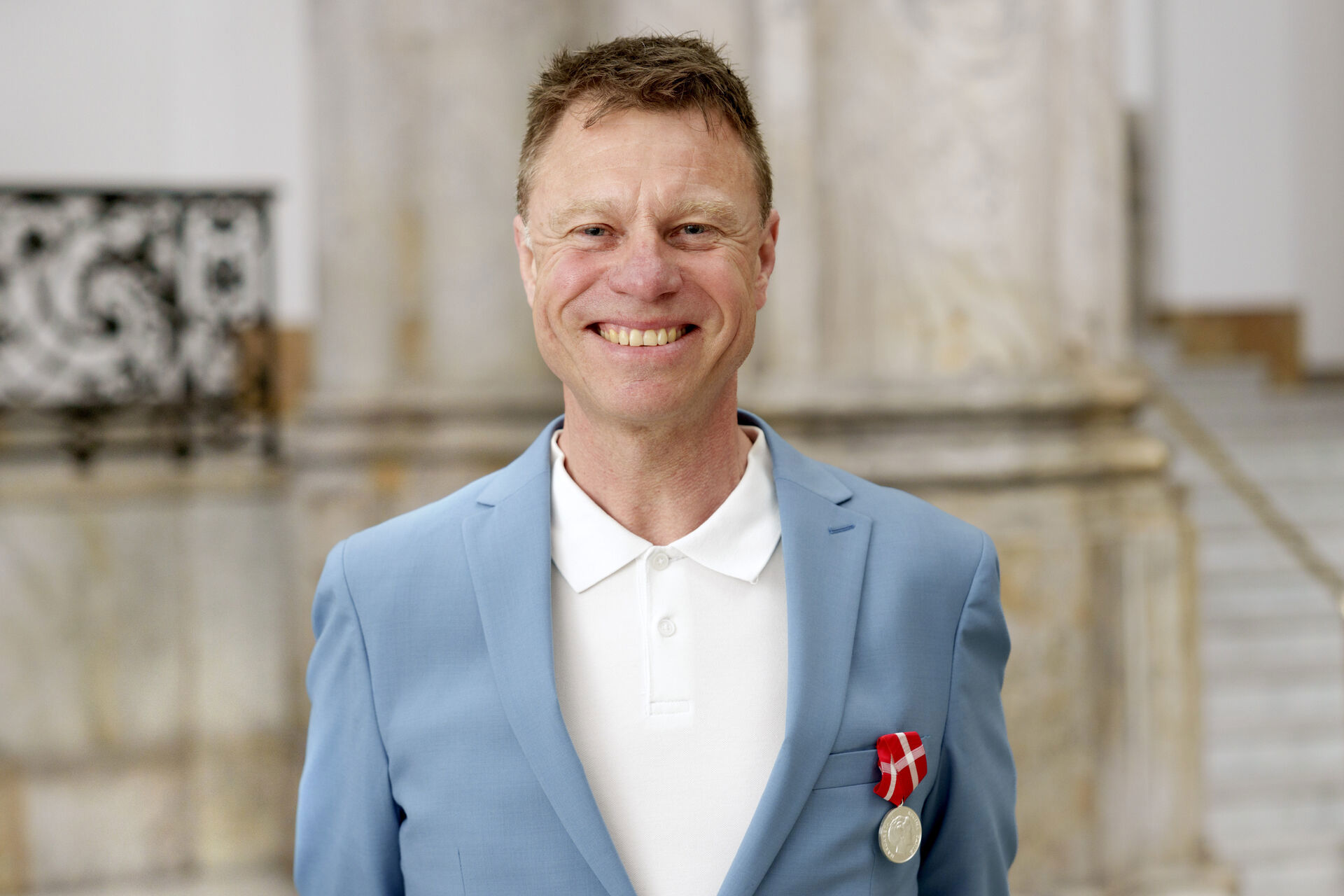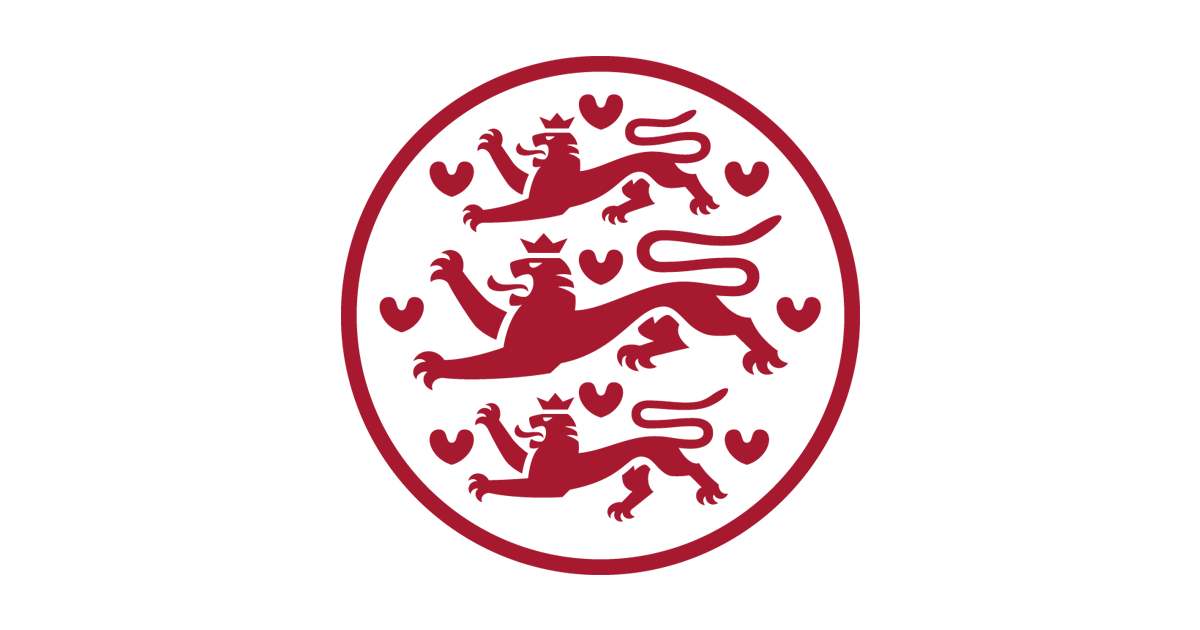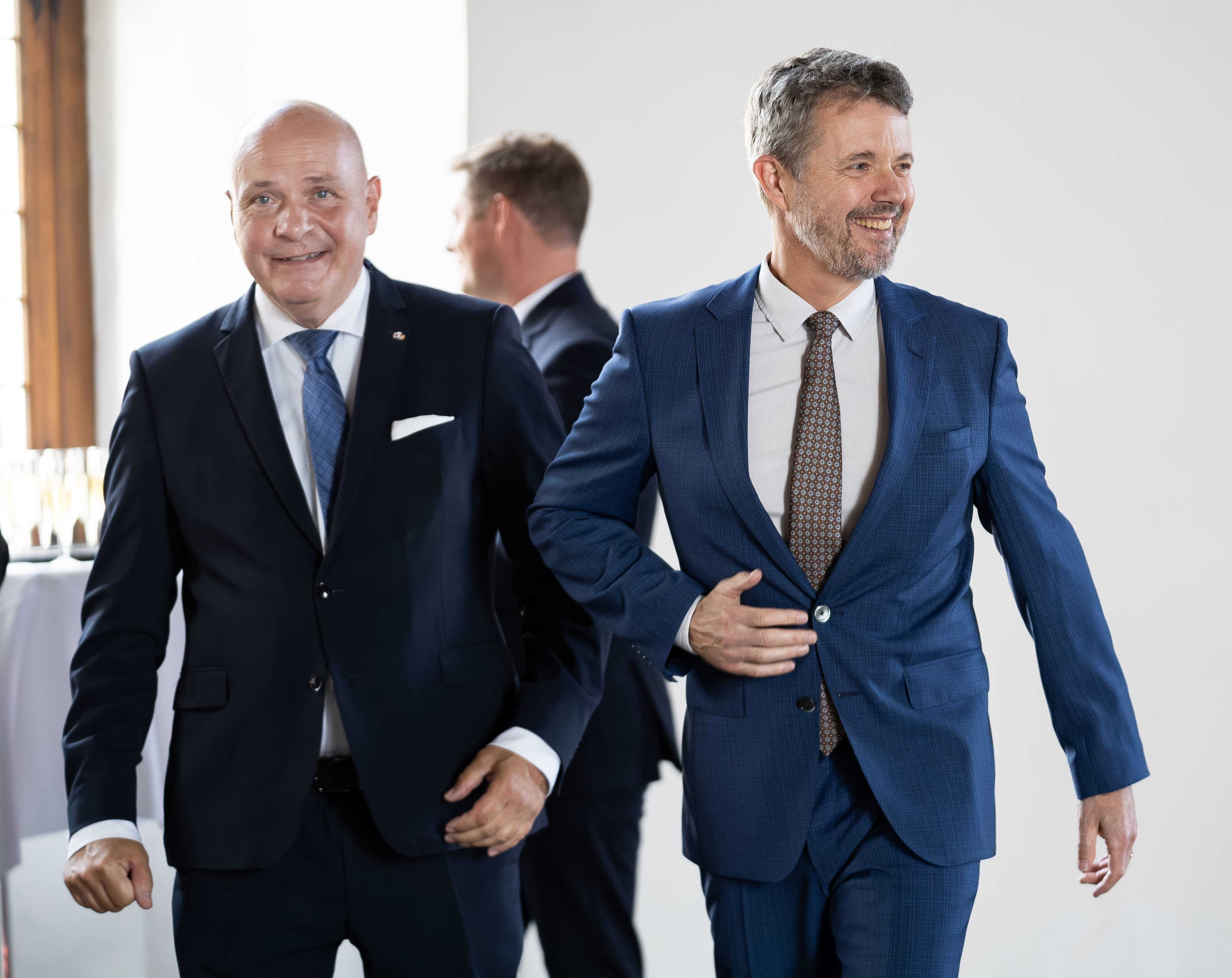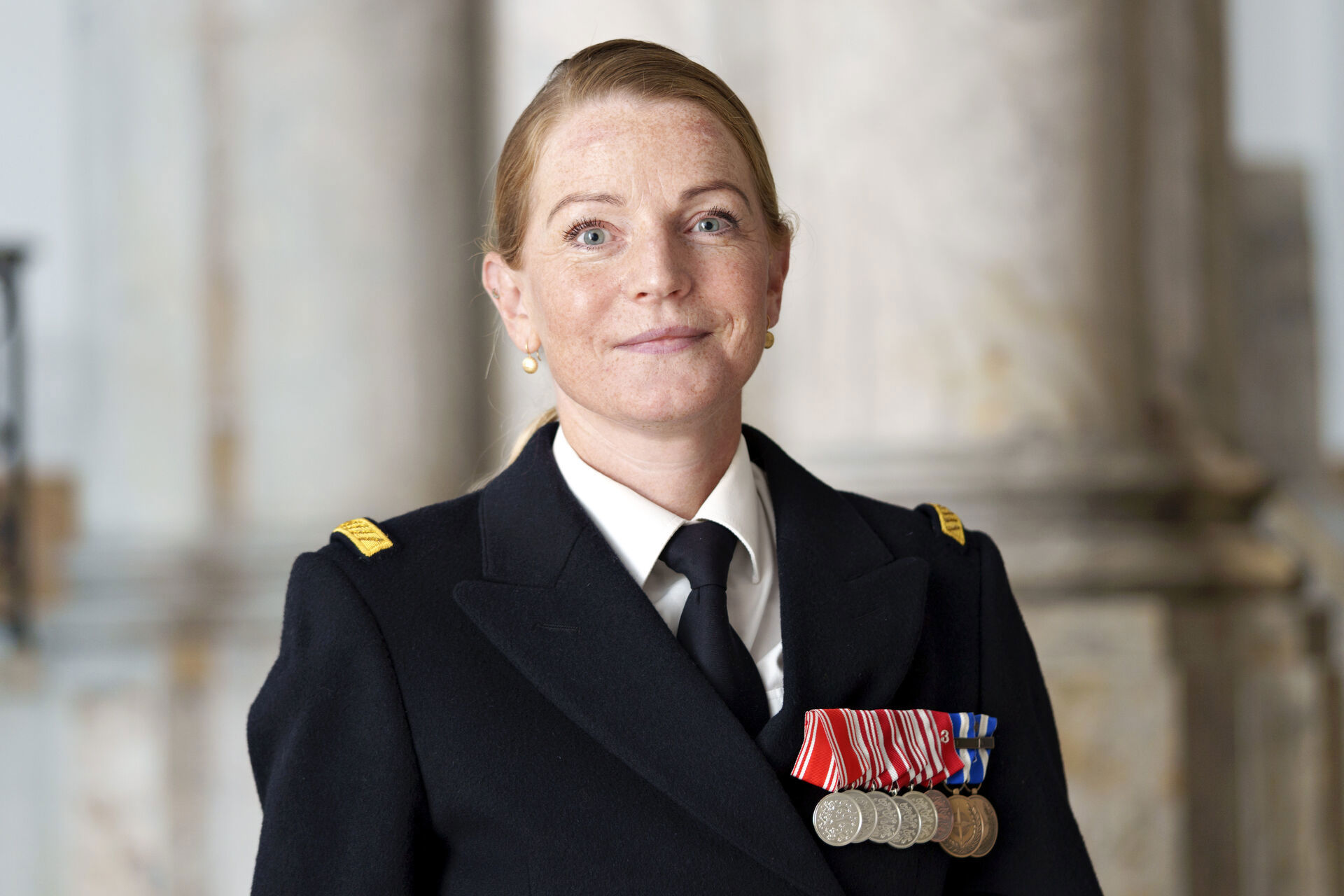"The king made a speech at the reception and uttered for the first time as regent a 'Cannon Bowl'. It was originally Frederik 2. , who built Kronborg Castle, who used cannon salute when he toasted with his guests at Kronborg. The Cannon Bowl was introduced with hornets and trumpets, after which three cannons on the main force outside the Dance Hall fired a salute with three shots..."
Well this is new (to me).
@Muhler I await further details

Cannon bowl - Well, google translate strikes again.
Kanonskål = canon-toast.
Kanon = canon. -
Skål = toast, but it can also mean cheers as in a toast, and finally it can also mean a bowl. We do that to confuse foreigners, you know. A way to pass the long winter-evenings.
Admittedly I've never heard about it.
But what happened was that a fanfare of trumpets and kettle-drums was sounded (must have been the Guards Hussars), then King Frederik proposed a toast, followed by a salute of three shots from the 1700s bronze cannons from the redoubt outside Kronborg Castle.
- A stylish way to propose a toast and not something everybody is able to do. So let's hope this won't be the last time.
Incidentally the heavy bronze cannons outside Kronborg are actually the heaviest artillery pieces we have in DK right now, as all our artillery was donated to Ukraine and we haven't got the new canons yet. The Kronborg canons are also considered the oldest active cannons in the world.
And three cannon shots were and is the Danish identification signal for ships. While three hurrahs was the official cheer and also battle cry of the army. - In Sweden they used four shots, hence the four hurrahs for Sweden, whenever the Swedish royal show is on.
The three hurrahs is to this day used at almost every single birthday and similar celebrations. Someone propose a toast and three hurrahs for the birthday child or the happy couple, if it's a wedding or anniversary etc. - Invariably followed by someone proposing a fourth and extra long and loud hurrah.
You'll see the tradition illustrated in this video. Skip to 0.45.
As the article and Polyesco's post explain, the whole idea stems back from when Kronborg was build in the 1500s and it was Frederik II who came up with the idea. Kronborg at the time was a hyper-modern fortress and located as it was it was a sight ships sailing to and from Copenhagen and the Baltic saw, not least because all ships sailing through the Oresound paid a tax to the Danish crown for doing so. And that tax was collected at Kronborg. - It was very profitable indeed for DK for centuries, but it ended in the mid 1800's, when the Americans (spoilsports) refused to pay tax and then everybody else followed suit.
But back to Kronborg. In the 1500s everybody and their spinster-aunt had heard about Kronborg but few had of course seen it. So the good Shakespeare came up with the idea of using Kronborg as a location for Hamlet (also because there actually is a mythological Danish king called Amled, but that would have been about 1000 years before Shakespeare) since everybody had heard about it and as everybody also had heard about the cannon-toast, he incorporated that as well.
Malene Kejlstrup is a former U23 world champion and European champion, and she has recently been working purposefully to get ready for the Olympic Games in Paris.



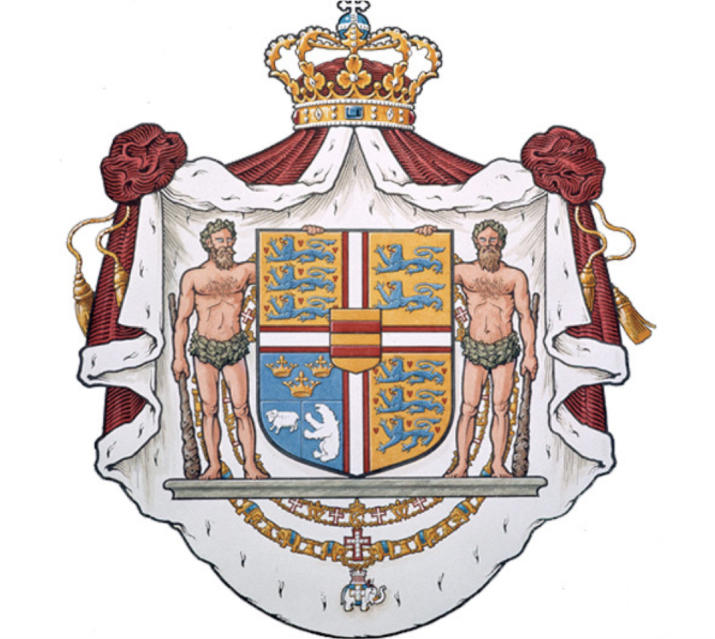
 A nice set of photos of today's public audiences:
A nice set of photos of today's public audiences:



